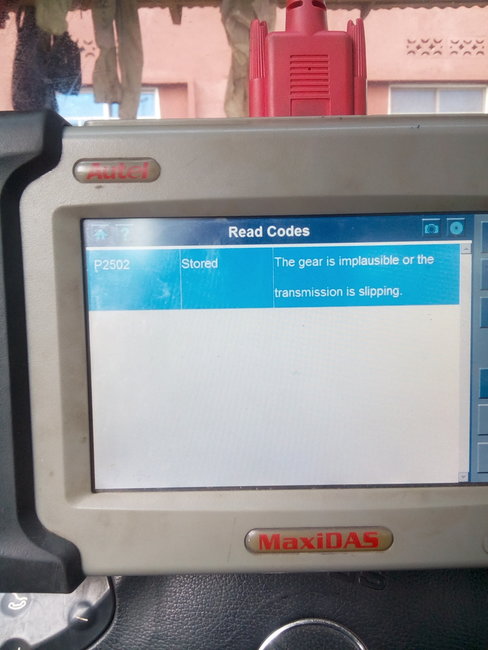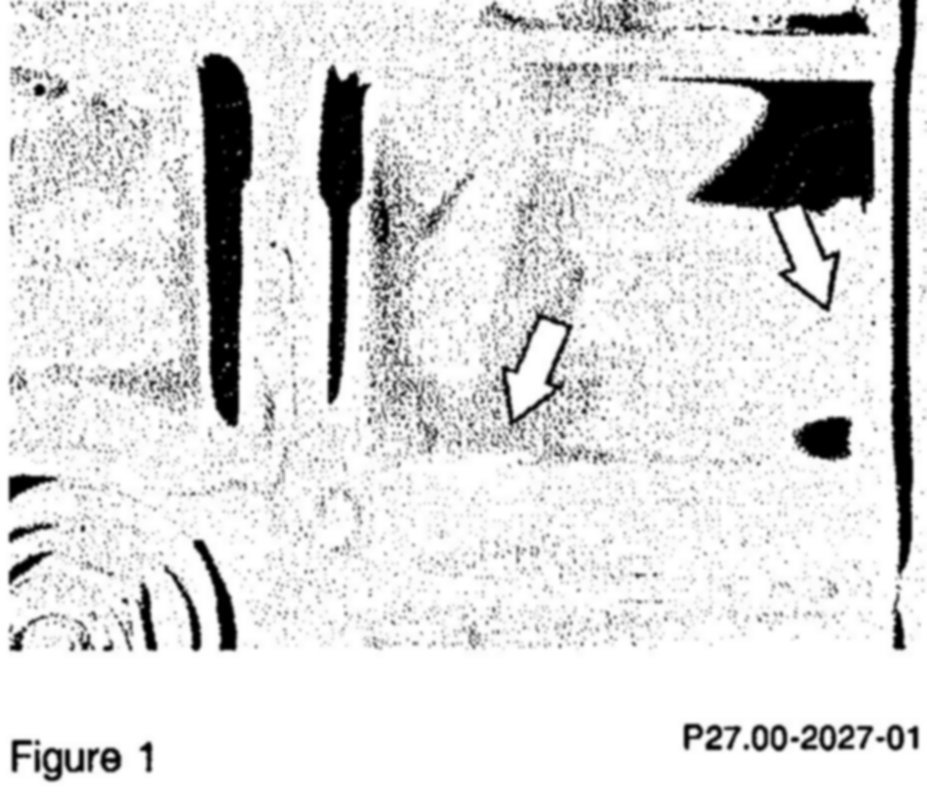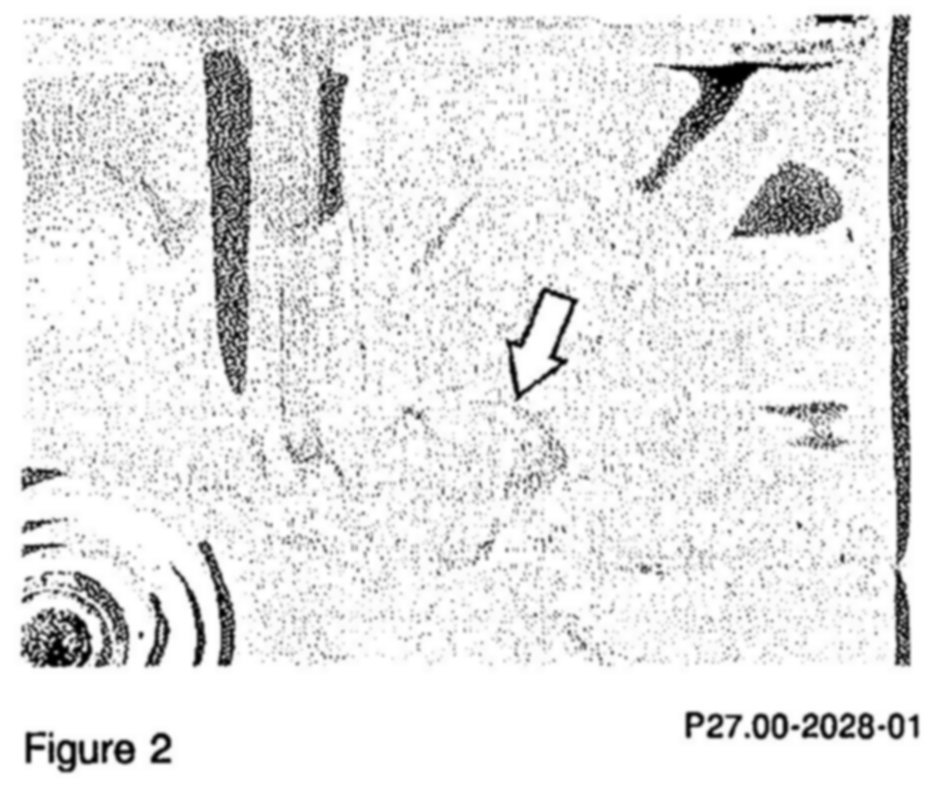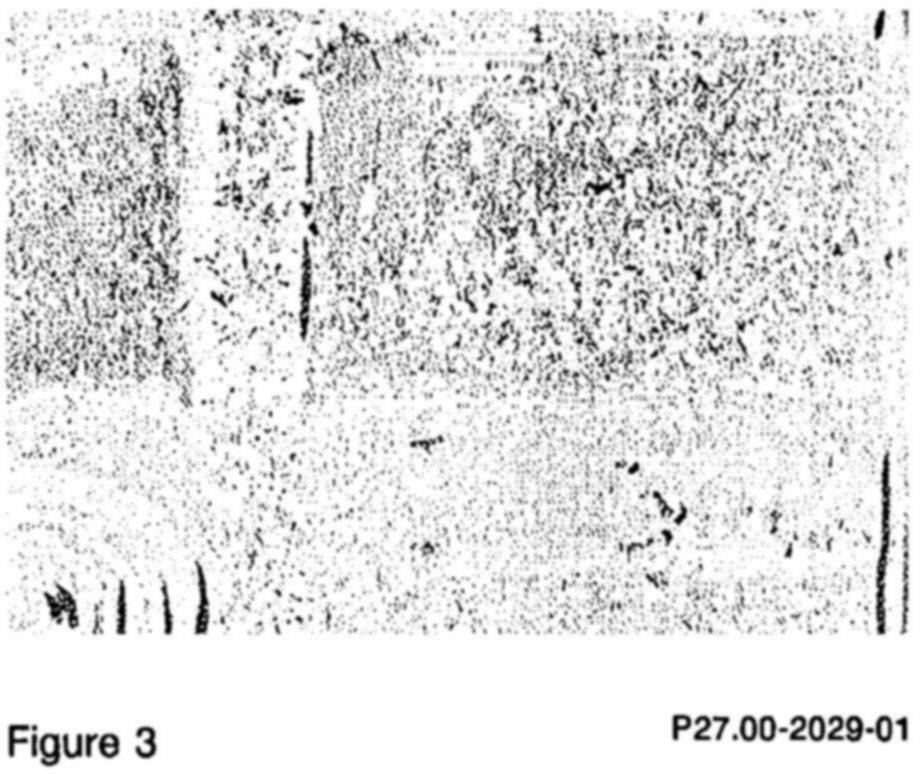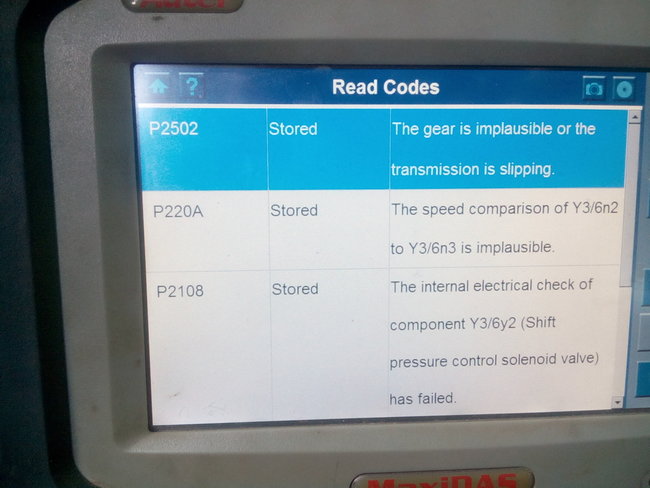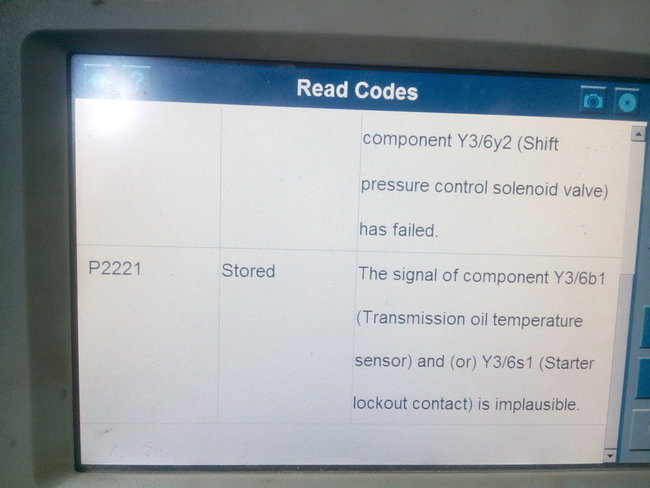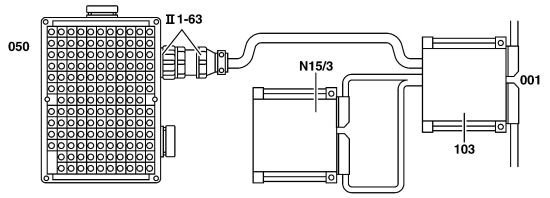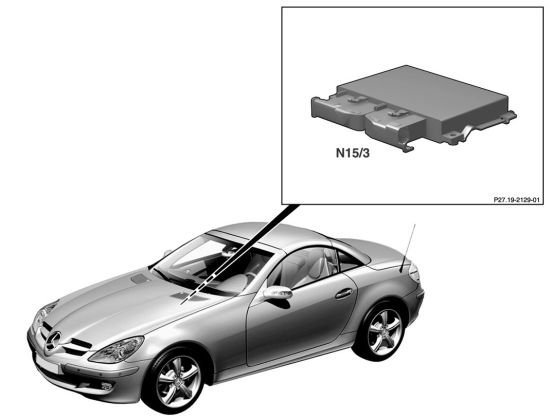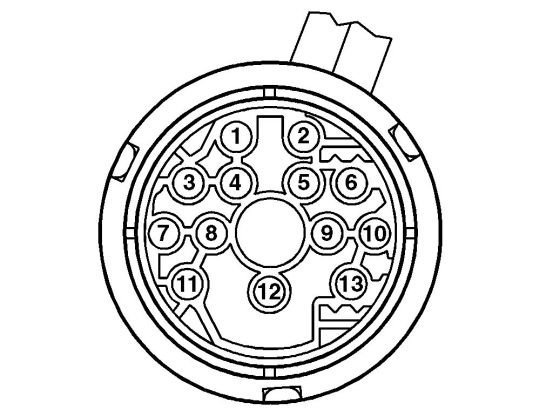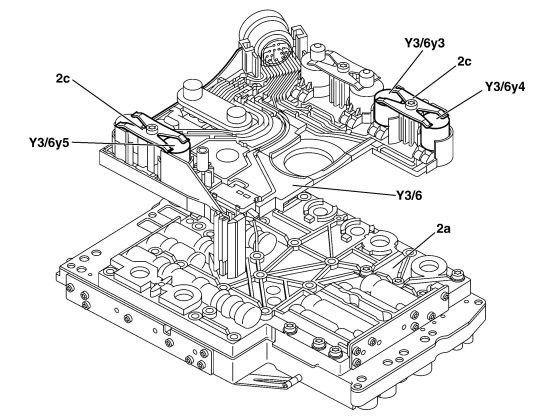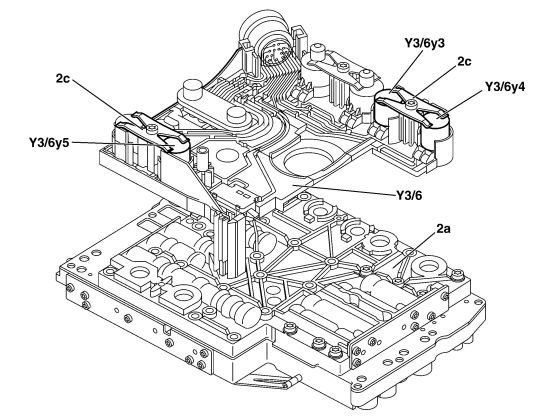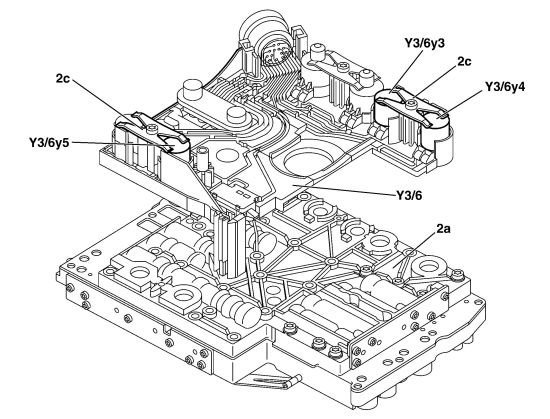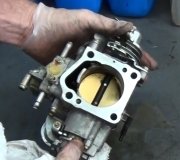Hi,
It sounds like the transmission is slipping. Have you checked the transmission fluid condition and level?
There are many things that can cause the code. Take a look through this list.
1. Possible causes and remedial action when fault code P2502 is displayed.
Test 1.1: Notes on repair : Remedial actions must be processed in sequence.
Test 1.2: The oil level in the automatic transmission is too low.
Test 1.3: Output speed has exceeded the limit value.
Test 1.4: The oil filter is not installed in the automatic transmission.
Test 1.5: Incorrect rear axle ratio.
Test 1.6: Incorrect variant coding in component N15/3 (ETC [EGS] control unit).
Test 1.7: Component Y3/6y1 (Modulating pressure control solenoid valve) is blocked as a result of the effect of a foreign body.
Test 1.8: Control valve, shift valve, or command valve of the appropriate gearshift are blocked by the effect of a foreign body.
Test 1.9: Circlip of ball bearing of output shaft missing or has jumped out of groove.
Test 1.10: Circlip of axial bearing K3 missing or has jumped out of groove.
Test 1.11: Circlip of dished washers B2/B3 has jumped out of groove.
Test 1.12: Seal of clutch K3 is faulty because of wear of the plain bearing between input shaft and output shaft.
Test 1.13: Internal fault in component Y3/6 (electrical control module):
1.1. Notes on repair : Remedial actions must be processed in sequence.
____________________________
If this problem just started when the transmission was replaced, first confirm the fluid is full. If that is okay, it is likely an internal mechanical issue.
Here are directions for checking level and condition. The attached pics correlate with the directions.
_________________
Checking condition of ATF (Initial Evaluation)
1. Check ATF level, correct fluid level as necessary.
2. Review section 0 See: Automatic Transmission/Transaxle > Scan Tool Testing and Procedures > Scan Tool Connecting [0]
NOTE: Prior to performing any repairs, readout the DTC memory from the transmission control module using the HHT (see Section 12). See: Automatic Transmission/Transaxle > Reading and Clearing Diagnostic Trouble Codes > Displaying & Reading Trouble Codes (DTC Memory [12])
Visually inspect condition of transmission fluid.
- Contamination (excessively black transmission fluid color, pungent/burnt smell)
- Water in transmission fluid (milky white discoloration, streaked appearance)
- Metal shavings (metal particles, metal pieces)
The initial dosage of the red pigment in the ATF was too low. Since 10/97, the use of a higher dosage of red pigment in the ATF, has resulted in more stable red pigmentation. A purely brown or black coloring of the ATF does not have an effect on the friction value or function of the ATF, therefore, no fault is indicated regarding the ATF color.
ATF fluid which smells burnt points to a slipping Brake/clutch assembly. After finding the cause (loss of ATF, or seized servos etc.) And removing same, replace both the faulty items and the ATF.
Abrasion particles in the ATF:
Due to the relative movement between the transmission components after a short running distance, a fine "vail" of abrasion particles (gray for aluminum, yellow for brass) can be found in the transmission oil pan.
This "vail" abrasion does not effect the proper function of the transmission.
If there is however, found in the transmission oil pan, an extremely fine abrasion (graphite residue which when smeared on paper leaves a gray streak) or larger metal shavings (in the millimeter size range) then there is a mechanical fault within the transmission. Based on the complaint, the corresponding components of the transmission or the entire transmission must be replaced. When repairing the transmission, it is important to flush the oil cooler and the transmission hoses afterwards and the replace the ATF with fresh ATF. Replace the torque converter only if upon draining the ATF, metal shaving are found in the ATF
3. Inspect automatic transmission for external oil leaks (Determine source of fluid leak and repair).
ATF level check
When checking the ATF level, the temperature must be min. 60 °C.
The current ATF temperature as part of the ATF level check can only be read out using the HHT, with the transmission selector lever in "R, D, 4, 3, 2, 1".
Initial Evaluation Illustrations
See pics 1.
Extremely fine aluminum and/or brass abrasion particles
Transmission is serviceable
See pic 2
Extremely fine graphite like abrasion particles
Mechanical damage to transmission
See pic 3
Large metal shavings, in millimeter size
Mechanical damage to transmission
____________________
Let me know if this helps or if you have other questions.
Take care,
Joe
Images (Click to make bigger)
Thursday, December 10th, 2020 AT 9:28 PM
